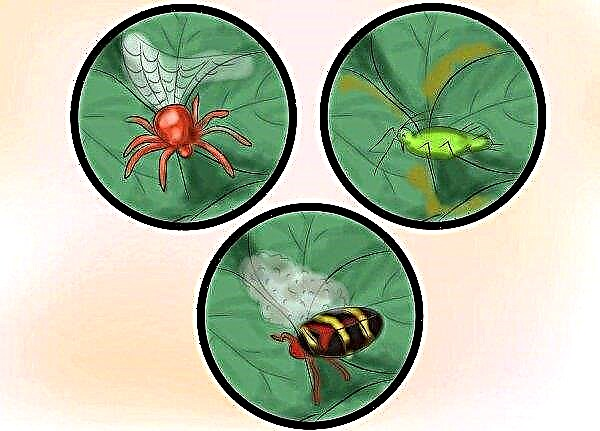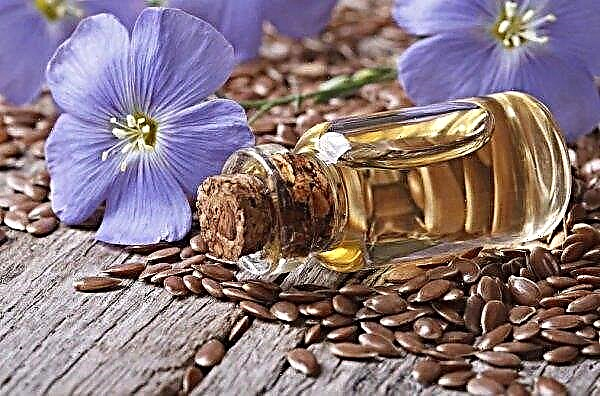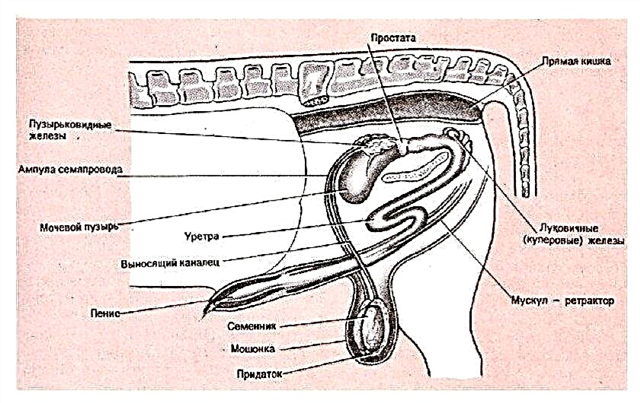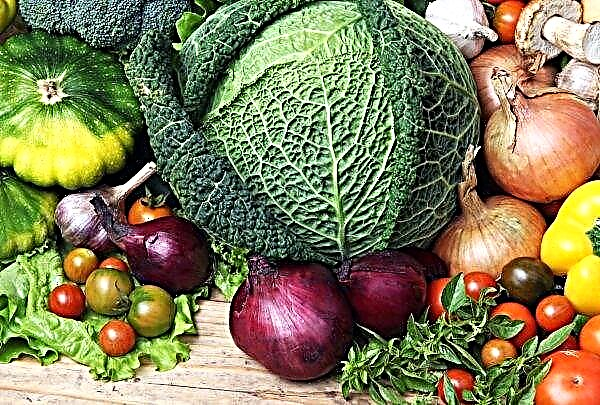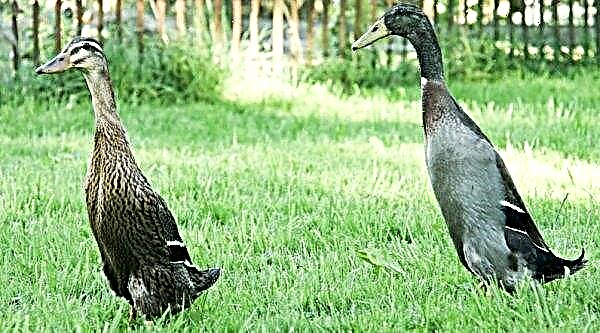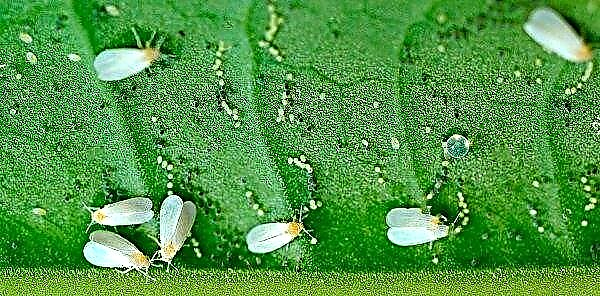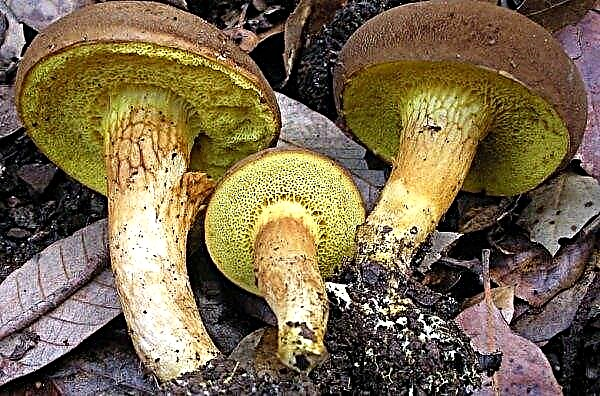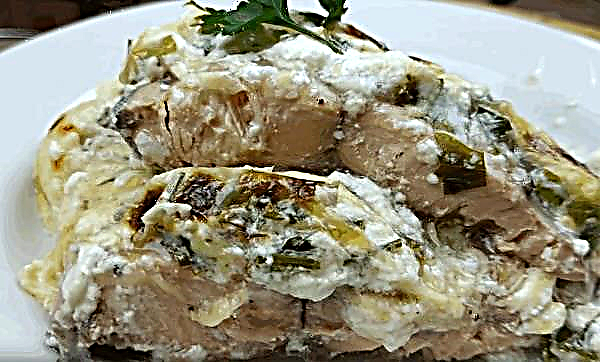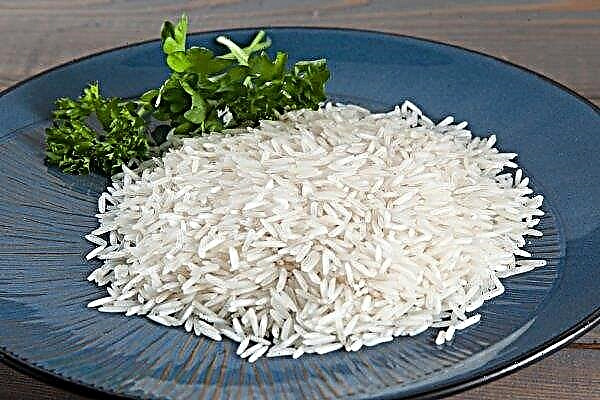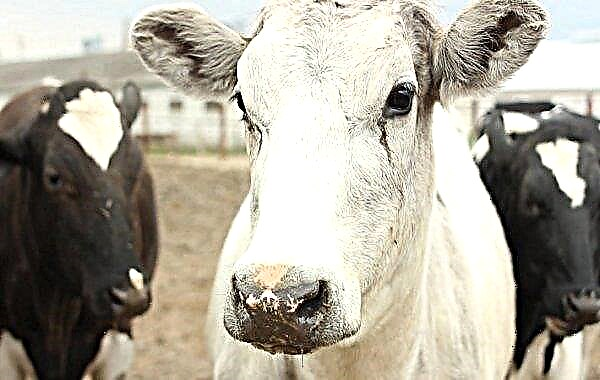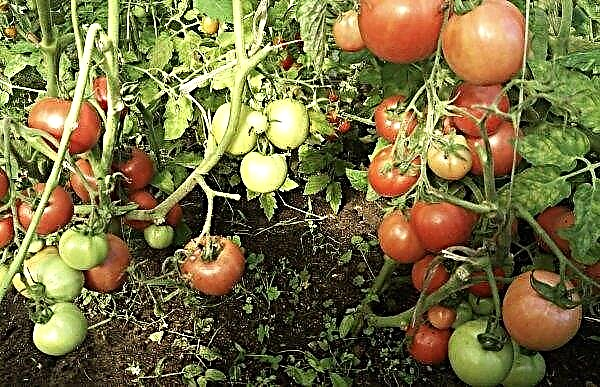The most common disease that affects Solanaceae is late blight. Fortunately, the gardener can find a lot of tools at hand to help overcome this scourge: copper sulfate, Bordeaux liquid, etc. But you can use the drugs that are sold in every pharmacy. The main thing is to properly prepare the solution and correctly process the plants with it. Today we decided to talk about getting rid of late blight when using iodine and boric acid.
Description of the disease
Most gardeners growing tomatoes are familiar with such a nuisance as late blight (a disease caused by a fungus). It is tomatoes that more often than other vegetable crops are subject to this disease, which is expressed by blackening of tomatoes and leaves, and also reduces the amount of yield. Phytophthora lives in the ground and most often manifests itself in the second half of the season, when nights become cool and damp.
Reasons for the appearance
The appearance of a fungus on tomatoes can cause such factors:
- excess nitrogen and lime in the soil. This element promotes the growth of late blight. It was fleeing from acidic soil that gardeners saturate it with lime, thereby provoking late blight;
- planting density. This factor makes it difficult to ventilate plants growing on protected ground and does not give air access to plants in an open area. And for the life of the fungus, the greenhouse environment is the very thing;
- temperature changes. When hot days are replaced by cool nights. During this time, a lot of dew is released, which becomes a source for the development of rot;
- insufficient nutrition (deficiency of potassium, manganese, copper, iodine). Culture loses immunity to various diseases, which increases the risk of late blight;
- wrong neighborhood. For example, closely growing potatoes cause fungus;
- excessive watering. During the ripening of the fruits, it is desirable to control that moisture does not enter the foliage and the fruits.
Did you know? The main sign of phytophthora activity is the appearance of forest mushrooms. As soon as such neighbors are noticed, you need to closely monitor the tomatoes.
Signs
Late blight on tomatoes can be identified by such signs:
- the stem is covered with dots of irregular shape of a brown hue;
- inflorescences darken or turn yellow and quickly fall off;
- at first, dark specks appear on the leaves, and then the foliage dries and crumbles;
- tomatoes are covered with gray-brown or dark spots.

What is dangerous late blight
The disease is scary for tomatoes in that it can completely destroy the entire crop in almost a few days. Unfortunately, the fungus is very tenacious. Its seeds can be found everywhere: in the ground, sowing material, on garden tools, plant debris, greenhouse coverings, so the main task of the gardener is to minimize the number of spores and eliminate any conditions for their further development and distribution.
The effect of iodine and boric acid on tomatoes
The effect of the solution on plants can be understood by considering all the properties that each component has and its effect on tomatoes.
Pros
The main advantage of iodine is its safety for people and plants, if you use a small dosage.
- So, using iodine and boric acid, in addition to getting rid of late blight, you can achieve such results:
- improve nitrogen metabolism. Iodine can be an excellent substitute for nitrogen-based fertilizing;
- intensify flowering. Boron enhances this process;
- increase productivity and maintain soil composition. The iodized solution does not affect the properties of the soil;
- quickly copes with fungus on the surface of seedlings and in the ground. Thus, fruit ripening will occur more intensively;
- increase immunity culture. In addition to eliminating the signs of late blight, plants can be hardened;
- Decrease in rotting of tomatoes. This process is intense at high humidity;
- improve the taste of tomatoes. Boron increases the flow of sugar to the fruit.
Minuses
If iodine for plants and soil is completely harmless, then you need to work with orthoboric acid carefully. An excess of this substance affects the keeping quality of the fruit.
Terms for processing tomatoes with iodine and boric acid
As a warning of the disease, tomatoes are processed during the ripening period. Thus, you can not only prevent the disease, but also accelerate the ripening of the fruit. Preventive measures continue even when cold nights or lingering rains occur. If the first signs of late blight appear on the plant, then the entire planting is carefully sprayed.
How to prepare a solution for processing tomatoes
The combination of iodine and boric acid is a rather effective remedy against late blight. Making a solution yourself is not at all difficult.
Proportions and components
The suspension contains several elements:
- boric acid (1%) - 1 teaspoon (1 sachet);
- iodine - 30 drops;
- water - 10 liters.
Important! It can be treated infrequently with boron-iodine solution and at the same time withstand a ten-day pause.
Step-by-step cooking instructions
The preparation of the solution consists of several simple steps.
- Dilute boric acid in a glass of warm water.
- Add the solution to a bucket of water.
- Cool the mixture.
- Dilute iodine in the finished suspension.
Video: preparing a solution for processing tomato
Processing tomatoes with boric acid and iodine from late blight
Starting treatment of plants, you should deal with the root causes of infection and eliminate them, and only after that proceed with the procedure. To treat a fungus, not only the aerial part of the plant is treated, but also the soil.
In general, the process technology looks like this:
- Preliminary cleaning. Before starting the procedure, all diseased processes are removed.
- Under the root, pour the solution only on moistened soil.
- The aerial part of the tomatoes is sprayed in dry weather. If tomatoes grow in a greenhouse, the process is accompanied by ventilation.
- The procedure is performed in the morning or in the evening.
Important! In the treatment of tomatoes should be treated planting potatoes that are nearby. It is the potato neighborhood that provokes the appearance of fungus on tomatoes.
Additional tips
For those gardeners who are negative about chemical products and prefer to use folk remedies, experts offer several effective recipes for the control of late blight:
- Whey or kefir. The dairy product is diluted in equal amounts of water (kefir - 1:10) and let the solution brew. You can spray daily.
- Soda. Components: ½ bucket of water, a tablespoon of baking soda, a small amount of liquid soap (as a sticky component). Processed every 7-10 days or after rain.
- Salt. A prophylactic that is not able to get rid of the disease. Ingredients: 250 g of salt, 10 l of water. Dissolve the salt and spray the whole bush. Repeat the procedure after precipitation.
- Vinegar. Ingredients: 100 ml of table vinegar (9%), 10 l of water. The plant is sprayed completely. But such a tool is desirable to alternate with other methods.
- Toothpaste. Components: toothpaste - 1 pack, water - 10 l. The paste is diluted in water and sprayed after rain. The method is suitable as a prophylaxis.
- Tincture of garlic. Ingredients: chopped arrows and cloves of garlic - 1.5 cups, water - 10 l. Garlic is poured with water and infused for a day. Every 14 days all seedlings are sprayed.
- Boiling water. Normal water is brought to a boil, poured into a watering can with a nozzle. Watered once a week, very carefully so as not to harm the tomatoes.
- Ash. Ingredients: ash - 5 kg, water - 10 l, a few drops of liquid soap. Ash is poured with water and infused for 3 days. The solution is periodically mixed. Then the composition is diluted with water to get 30 l of suspension, soap is added. Processed 3 times per season: 7 days after planting seedlings, before flowering, after the formation of ovaries.
- Yeast. Ingredients: yeast - 100 g, water - 10 l. Yeast is bred in warm water, insist for a short time and sprayed bushes.
- Hay. Composition: rotted hay - 1 kg, water - 10 l, urea - 100 g. Hay is poured with warm water and urea is added (can be replaced with ammonia). The solution is infused for 3 days.

To reduce the risk of developing the disease, you should adhere to such recommendations:
- Observe crop rotation rules. You can not plant tomatoes after or near eggplant, potatoes, peppers. Also, grow tomatoes in the same place should not be earlier than after 4 years.
- Choose sunny places to land.
- If the soil is rich in lime, peat is added to the hole, and the planting on top is sprinkled with sand. You can drop the onion shell into the pit.
- You can not thicken the landing.
- Watering under the root, trying not to get water on the leaves and fruits. In the second half of the season, this process can be completely stopped, and watered only if there is no rain. Watering is best done in the early morning.
- Mulch the bushes, remove the overgrown and unnecessary foliage on time.
- Use immunomodulators.
- Apply nitrogen top dressing only in the first half of the growing season. Later, they only provoke the development of late blight.
Did you know? Late blight in translation is defined as "a killing plant."
Work Precautions
The basis of safety when working with chemicals is the observance of a number of rules. First of all, the gardener must use such protective equipment:
- respirator;
- glasses;
- protective apron;
- rubber gloves.

It will be safe to spray if you follow these rules:
- prepare the solution in the open air in warm, calm weather;
- the suspension is poured into the spray. The solution should fall into the plant with tiny droplets;
- wear protective equipment.
Summing up, we note that the processing of tomatoes with boric acid and iodine is the best way to protect against late blight and increase productivity. The main condition is compliance with the proportions of the solution and the processing rules.Important! Single exposure to vapors in the respiratory tract can cause discomfort, but is not a threat. But re-entry can be life threatening.

